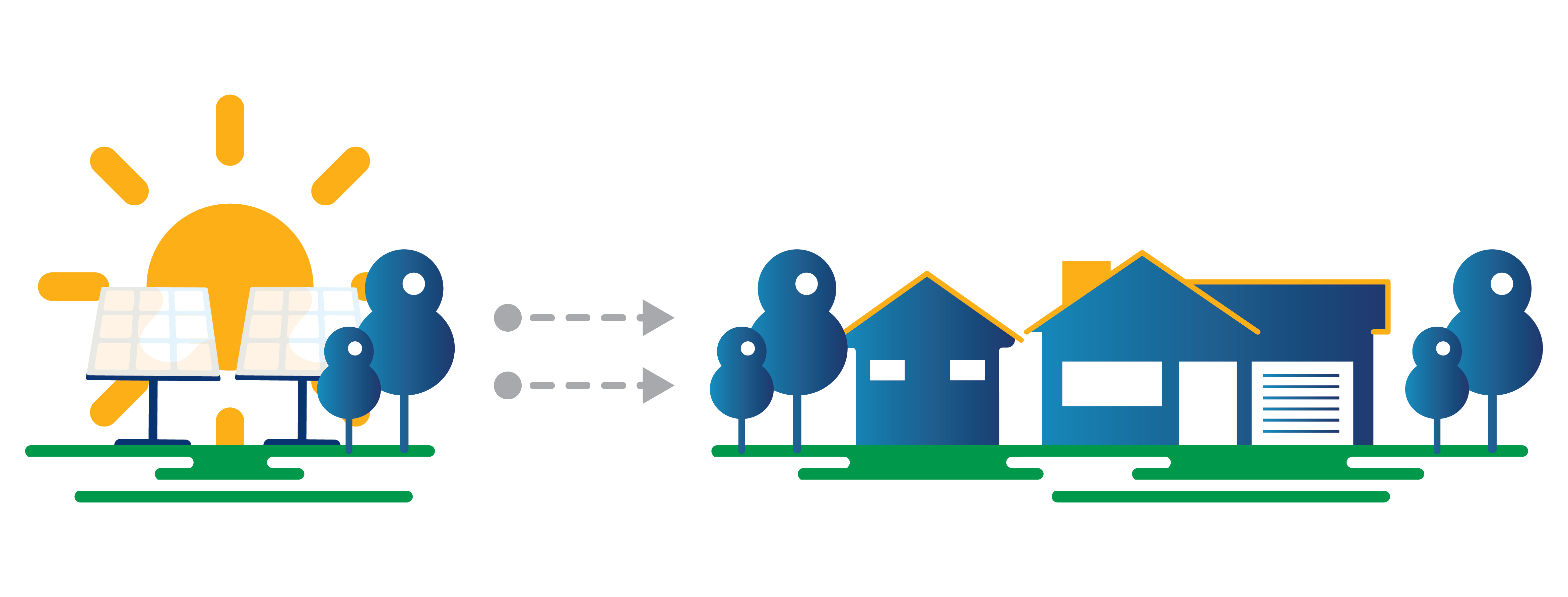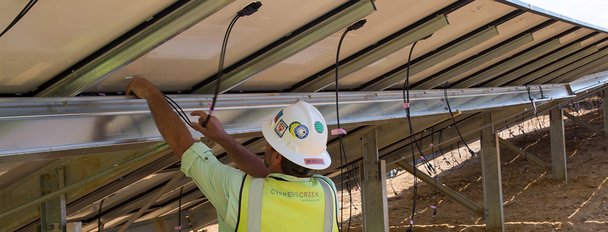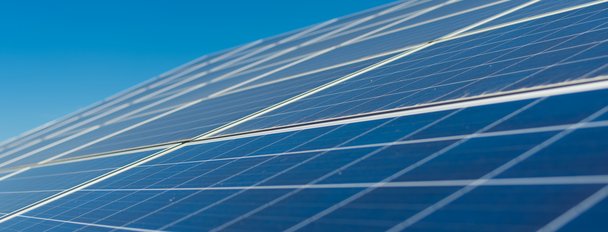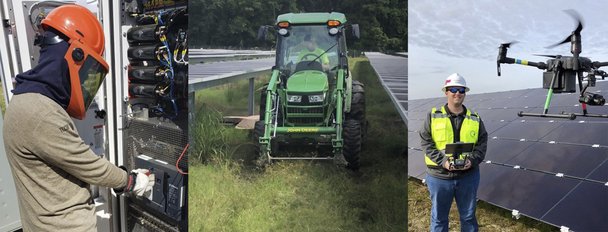
Farming and Energy Production – Renewable Energy Projects Part of a Long History of Cooperation
Today’s renewable energy projects are changing and improving our country’s electricity infrastructure for the better. We are making the switch from large, brown energy power plants located at great distances from the point of consumption to smaller, greener, renewable energy facilities, like solar farms and rooftop cooperatives, located in the regions in which the energy is consumed.
The dynamism of this new grid structure brings a higher level of stability and security to our nation’s energy portfolio, while the switch to clean power sources helps combat the global effects of climate change.
Today’s efforts toward a more sustainable energy system are similar to efforts in the 1920s and 30s to establish the national energy transmission system in one key way: farmland.

Historically, Farmland Has Been at the Heart of US Energy Infrastructure—With Renewable Energy Projects, It’s No Different
In 1932, President Franklin D. Roosevelt proclaimed, “Electricity is no longer a luxury.” By this time, electricity had supplanted candles and iceboxes in most homes and businesses in heavily populated areas. Rural areas and farmlands, on the other hand, were still powered by kerosene and daylight. In 1936, congress passed the Rural Electrification Act and, with it, ushered in the age of transmission lines and an electricity-centered lifestyle that most modern Americans take for granted.
Ironically, back in the 1930s, the big push was to finance and build the infrastructure to deliver energy to rural areas and farms. Now, conversely, we are doing the opposite—building microgrid-compatible small solar farms to deliver locally produced energy to surrounding towns and cities.

Farm to Table, Farm to Charger
Just like the push in recent years to eat locally grown food and buy locally crafted goods, receiving electricity from locally sourced solar energy is widely regarded as both practical and efficient. In the same way a semi-truck would need to carry outsourced fruits and vegetables across the country, our nation’s transmission infrastructure has had to carry the burden of transporting electricity, sometimes hundreds of miles from where it was produced. This system requires continual monitoring and upkeep, the costs of which are passed on to the consumer in the form of higher rates.
Renewable energy projects, on the other hand, whose power remains within the region in which it is produced, deliver the added benefit of lower transmission costs. A microgrid system, in which energy sources are located close to existing transfer stations and deliver energy only throughout the region in which it is produced makes for fewer miles of power lines to maintain, more efficient delivery and more stable pricing. It also makes for a more secure system. In a system that relies only on one central grid, when a problem arises, everyone is impacted. With microgrids, however, it is possible to switch in and out of the central grid, provide regional backups when grid strain occurs and combine power from various renewable energy projects that may have complimentary production capabilities. For example, while energy storage technology catches up, solar farms operating at peak capacity during the day could be supplemented by wind farms optimized for production at night.

New York Renewable Energy Projects
A utility-scale solar farming movement is the next step in the evolution of our nation’s energy plan. Renewable energy projects like Cypress Creek solar farms are one of the most efficient ways to deliver clean energy to the greatest number of people. Currently, we are starting a number of projects in New York. We hope you’ll learn more about these efforts by visiting our communities page.




